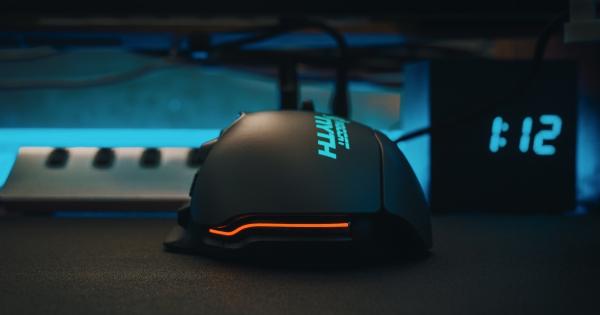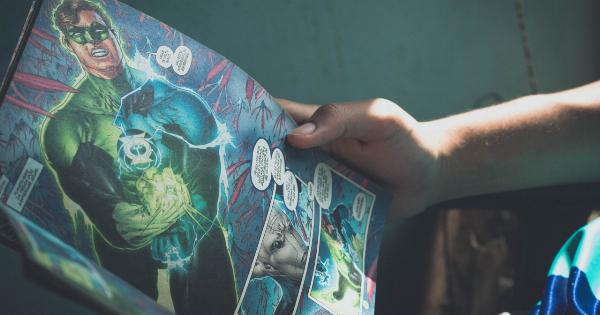Perseus is often hailed as one of the most famous heroes in Greek mythology. He is known for his many feats, including his famous slaying of Medusa. However, what many people do not know is that Perseus was actually born with multiple legs.
This medical anomaly made him stand out in his society and led to his eventual heroism. This article will explore the medical marvel that was Perseus.
Early Life
Perseus was born to Danae, a princess who had been imprisoned by her father, King Acrisius, due to a prophecy that stated her son would eventually kill the king. Danae was visited by Zeus who impregnated her and the result was Perseus.
When Perseus was born, he was found to have multiple legs. This was an extremely rare condition that was not well-understood in Perseus’ time. It is believed that Perseus had four legs, although some legends claim he had six.
Despite his condition, Perseus was still loved by his mother and was raised as a normal child.
Medical Condition
Perseus’ condition is believed to have been a congenital anomaly known as polydactyly. This is where an individual is born with extra fingers or toes. In Perseus’ case, this manifested as extra legs.
Polydactyly is a relatively rare condition, occurring in approximately one in every 700 births.
There are several different types of polydactyly, including pre-axial, central, and post-axial. It is not clear what type of polydactyly Perseus had, but it is likely that he had either central or post-axial polydactyly.
Central polydactyly involves extra digits in the middle of the limb, while post-axial polydactyly involves extra digits on the outside of the limb near the little finger or toe.
Perseus’ Adventures
Despite his unusual condition, Perseus went on to become one of the greatest heroes in Greek mythology. His most famous adventure was his slaying of Medusa, a creature with snakes for hair who turned anyone who looked at her into stone.
Perseus was able to defeat her by using his shield as a mirror and cutting off her head with his sword.
Perseus also participated in the famous quest for the Golden Fleece, which involved him and a group of heroes sailing to a distant land to retrieve a valuable golden ram’s fleece.
Along the way, Perseus faced many challenges and obstacles, including battling giants and overcoming a powerful sorceress.
Legacy
Perseus’ story has been told and retold for thousands of years, and he has become an enduring symbol of courage, strength, and heroism.
His portrayal in popular culture has helped to make him one of the most recognizable figures in Greek mythology.
Although Perseus’ condition was likely seen as an anomaly in his time, it is important to remember that diversity and individual differences are what make us unique.
There are many people living with congenital anomalies today who are leading fulfilling and successful lives.
Treatment for Polydactyly
Today, there are a variety of treatments available for polydactyly, depending on the type and severity of the condition. In many cases, surgery may be required to remove the extra digits and reposition the remaining digits.
In other cases, the extra digits may be fused together or removed entirely, depending on the individual’s needs.
One of the most important things that medical professionals can do for individuals with polydactyly is to provide support and resources for them and their families.
This can include counseling and education about the condition, as well as resources for treatment and management.
Conclusion
Perseus may have been born with a physical anomaly, but he did not let that stop him from becoming one of the greatest heroes in Greek mythology.
His story serves as a reminder that we all have the ability to overcome challenges and obstacles, no matter what they may be.





























